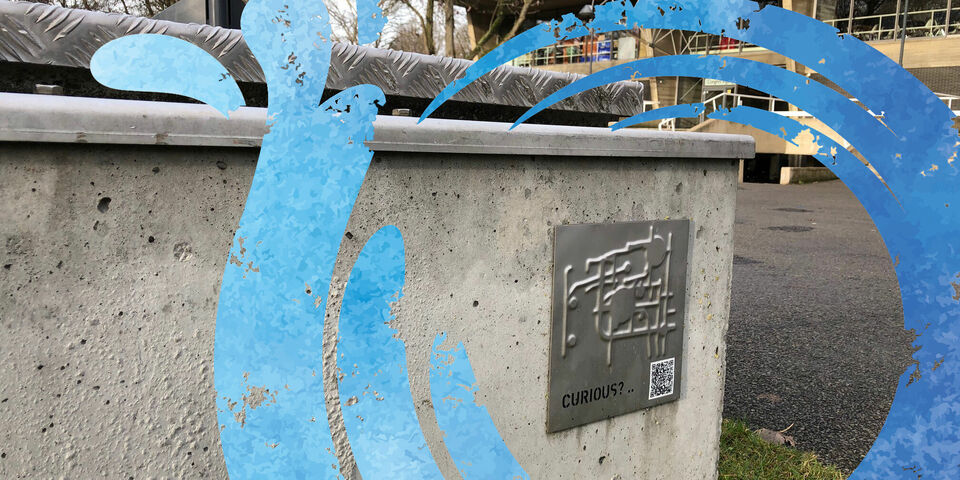Prof Talk | Heating with surface water as an alternative to natural gas
In order to limit global warming to 1.5 degrees Celsius, we need to take drastic measures as quickly as possible. Following the Climate Agreement, the Netherlands is also considering serious alternatives to natural gas. According to researchers from Deltares, an institute for applied research in the field of water and subsurface, one such alternative is surface water. Can major cities really provide their own heating with surface water, and how can we take this into account when building new projects? TU/e professors David Smeulders and Elphi Nelissen believe that efficiency and smart combinations are the two key concepts.
In the Netherlands, approximately twenty-five percent of energy - mostly natural gas - is used to heat buildings. Researchers from Deltares and CE Delft (a research and consultancy organization specialized in developing innovative solutions to environmental problems), believe that water thermal energy, the use of energy obtained from surface water or wastewater, may very well serve as a major renewable heating source for cities such as Amsterdam, Rotterdam and Utrecht.
“Everything that helps reduce the use of natural gas as a source for heating is a serious option,” says David Smeulders, professor of Energy Technology at TU/e. “The combination of water thermal energy and heating systems is a great idea in an urban environment, or in a region with much industrial residual heat. The distances between the source and the buildings that need heating must not be too great because of the cooling and construction costs. Therefore, this technique is less suitable for rural areas."
In any case, Smeulders believes that trial projects, trendsetter areas, are necessary to further explore the chances of success for water thermal energy on a large scale. “The climate agreement negotiations show that the costs have become increasingly important and we have to make sure that we don’t saddle the housing corporations and homeowners with the bill.”
Surplus of heat
Elphi Nelissen, professor of Building Sustainability, also gives water thermal energy a good chance to succeed, but she does express some concerns. “For instance, we need to realize that if we store residual heat from a water source located nearby for future use, the surface water will cool down as a result. What impact will that have on the ecosystem? We certainly have to discuss this with the regional water authorities. Furthermore, it’s important to handle heat in an efficient manner. Office buildings often have a surplus of heat and need more cooling than heat. In such a case, water thermal energy has little added value, making such high investment costs unjustified. The Heat and Cold Storage (ATES) installation at TU/e has a surplus of heat as well, which now dissipates in a cooling tower.”
Despite that surplus of heat, the ATES installation at the TU/e campus - one of the biggest of its kind in Europe - in which heat and cold are stored below ground and exchanged through a central ring system, is something to be proud of, Smeulders emphatically points out. “We can make great progress by using ATES more efficiently, many older buildings at the TU/e campus site still use gas boilers. Future renovation plans will hopefully reduce their number.”
New building projects
Nelissen: “It’s already becoming apparent that the connection of Atlas (the former Main building) is creating a much better balance for our source. New building projects enable us to put such a system in place adequately right from the start: ATES, underground pipes, houses fitted to low temperature heating, heat pumps. Of course, it’s important that the energy we need for all this is generated in a sustainable way, if not, we might as well continue to heat with natural gas.” Smeulders: “Now that we are on the subject of efficiency: you can even generate heat from the water that disappears into the shower drain.”
Smeulders further believes that for sustainable heating to become a success, smart combinations in the current infrastructure need to be examined. “Main water transport systems are often already available, and the difference in water temperature makes it possible for organizations to benefit from each other. Project developers need to be challenged more. They have won the contract and know exactly how to go about getting things just right from the energy perspective. Yet, they forget to look which infrastructure can be found where, and how they can be combined in a smart manner. Often, in this way, much more can be accomplished.”





Discussion